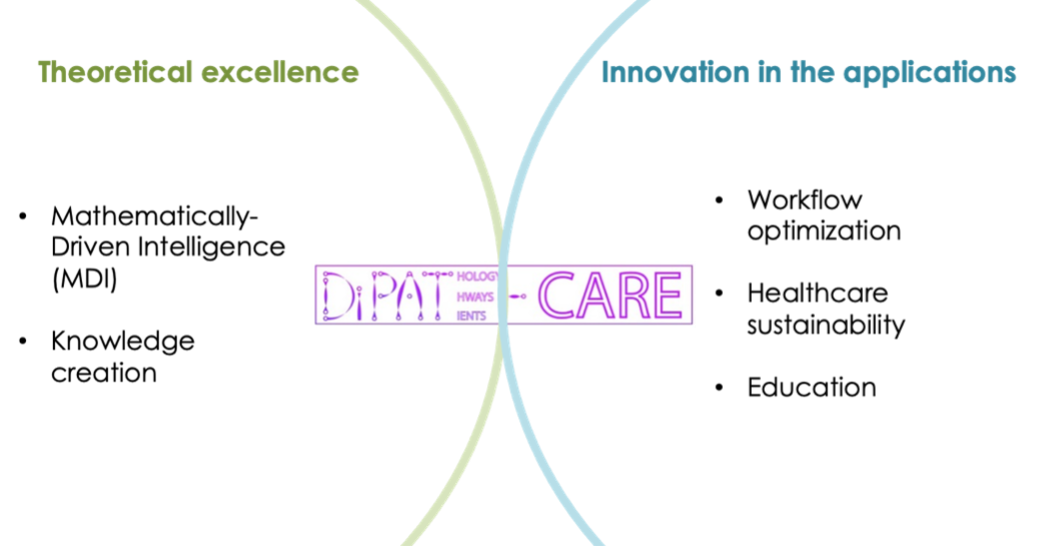Description:
Il livello di attivazione emotiva condiziona strettamente sia le prestazioni lavorative dell’individuo, sia la sua sicurezza sul lavoro, nonché la salute in generale. Vivere in condizioni non fisiologiche di ansia e stress aumenta i rischi di patologie cardiovascolari, diabete, ipertensione, disturbi dell’umore, disfunzioni immunitarie. Infatti, stress e ansia disfunzionali provocano il rilascio non fisiologico di ormoni quali epinefrina, norepinefrina e cortisolo, con effetti sul sistema nervoso autonomo (tachicardia, aumento della pressione arteriosa, effetti negativi sull’apparato digerente, ecc.) e sul sistema immunitario, con maggiore esposizione agli agenti patogeni e possibili risvolti autoimmunitari. Infine, molto importante è sottolineare l’impatto dello stress cronico su uno stato generale pro-infiammatorio, universalmente considerato alla base di numerose patologie inclusi i tumori. Per tutti questi motivi, il controllo delle condizioni di stress cronico dell’individuo è cruciale per garantire una buona qualità della vita, e conseguentemente buone prestazioni lavorative (maggiore efficienza e sicurezza, minori periodi di malattia) con soddisfazione generale da parte sia del lavoratore che del datore di lavoro
Il progetto si propone la creazione di un prototipo costruito integrando in modo articolato sensoristica commerciale. Si realizzerà una BAN (Body Area Network) per ottenere informazioni articolate sul livello di stress del lavoratore addetto a mansioni intellettuali, riducendo al minimo l’impaccio e consentendo una sorveglianza continua senza interruzioni nella routine lavorativa.
Obiettivo primario: ideare e realizzare un prototipo di sistema indossabile a basso costo e impatto per valutare correlazioni tra declino cognitivo e stress nel lavoratore intellettuale. Tale sistema si avvarrà di dispositivi commerciali, e l’elemento innovativo consisterà nell’integrazione di informazioni diverse mediante algoritmi di ML su dati multidimensionali, tenendo conto di aspetti quali interpretabilità e generalizzabilità dei risultati, validazione dei sensori mediante confronto con strumentazione gold standard, validazione dei risultati mediante confronto con scale cliniche.
Obiettivi specifici: (i) Accrescere la conoscenza tecnologica sulla affidabilità, possibilità di integrazione, eventuale ridondanza di informazioni ottenute mediante dispositivi indossabili di diversa tipologia; (ii) Accrescere le competenze sull’uso di algoritmi di AI per gestire dati eterogenei e multidimensionali, tenendo in debito conto gli aspetti legali (sicurezza nella gestione di dati sensibili, proprietà dei dati, consenso al loro uso, ecc.); (iii) Accrescere le conoscenze clinico-psicologiche sulla correlazione tra stress e declino cognitivo.
Scientific Director:
Valentina Agostini (Associate Professor)
Year: 2024 - 2026
Other companies/universities involved in the project:
Dr. Carlo Alberto Artusi - Department of Neuroscience “Rita Levi Montalcini”, University of Turin, Turin
Prof. Gabriella Olmo - Department of Control and Computer Engineering, Politecnico di Torino, Turin
Sustainable Development Goals (SDG):
SDG 3 - “Ensure healthy lives and promote well-being for all at all ages”
People involved:
Valentina Agostini (Associate Professor)
Marco Ghislieri (Assistant Professor with time contract (RTD/a))
Lorenzo Locoratolo (Ph.D. Student)


